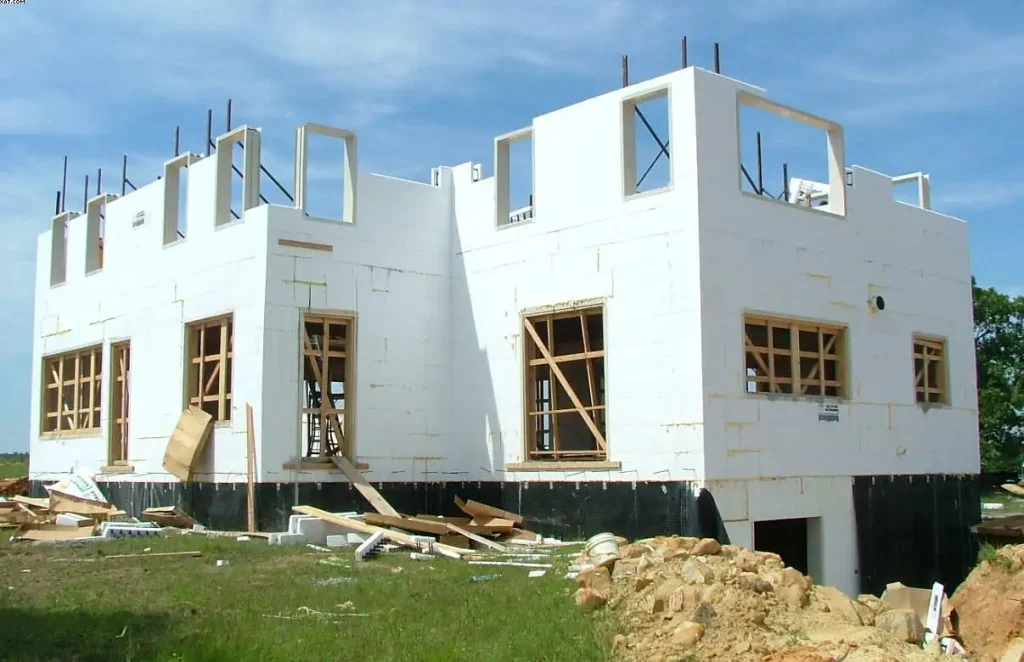
Exploring the Advantages of Insulated Concrete Forms in Construction
Insulated Concrete Forms (ICFs) have gained significant traction in the construction industry due to their numerous advantages over traditional building methods. These forms, typically made of foam insulation, are stacked together to form the walls of a structure, which are then filled with concrete. This innovative construction technique offers several benefits, making it an increasingly popular choice for builders and homeowners alike. ICF forms streamline data collection for accurate assessments, enhancing client understanding and facilitating targeted interventions effectively.
Energy Productivity:
One of the main benefits of utilizing ICFs is their remarkable energy productivity. The froth protection gives a consistent warm boundary, limiting warm connecting and decreasing intensity misfortune or gain through the walls. Accordingly, structures built with ICFs require less energy for warming and cooling, prompting lower service charges and expanded solace for inhabitants. Furthermore, the unrivaled protection properties of ICF walls add to a more predictable indoor temperature, lessening drafts and cold spots.
Strength and Solidness:
ICF structures are known for their uncommon strength and sturdiness. The mix of supported cement and froth protection makes walls that can endure outrageous atmospheric conditions, including high breezes, tremors, and fire. This intrinsic strength makes ICF structures profoundly impervious to harm from cataclysmic events, offering more prominent genuine serenity to mortgage holders and inhabitants. Also, the strong substantial center of ICF walls gives phenomenal sound protection, diminishing commotion transmission among rooms and from outer sources.

Speed of Development:
One more benefit of utilizing ICFs is the speed of development they empower. Not at all like conventional structure techniques that require numerous means and exchanges for outlining, protection, and getting done, ICF development smoothes out the cycle by joining these components into a solitary step. The pre-assembled structures are not difficult to gather and can be immediately stacked to make the ideal wall level. Also, in light of the fact that ICF walls act as both design and protection, there is no requirement for extra protection materials or fume boundaries, further facilitating the development cycle.
Plan Adaptability:
ICFs offer engineers and developers a serious level of plan adaptability. These structures can be effectively sliced or formed to oblige different compositional styles, bends, points, and openings like entryways and windows. Additionally, ICF development considers the fuse of complicated subtleties and custom elements without compromising the primary uprightness of the structure. Whether building a contemporary home or a business office, ICFs give flexibility and artistic liberty to rejuvenate any plan vision. Completing ICF forms ensures comprehensive documentation, fostering communication among healthcare professionals, and promoting personalized treatment plans for patients.


